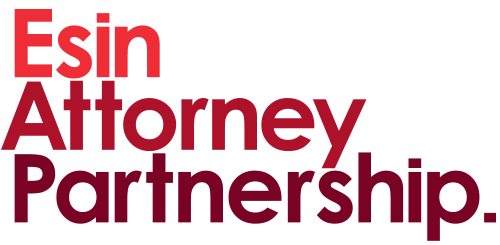On November 3, 2021, the Capital Markets Board (“CMB“) submitted the Draft Guidelines on Green Debt Instruments and Green Lease Certificates (Turkish Sukuk) (“Draft Guidelines“) to public opinion. The Draft Guidelines is intended to regulate the principles regarding green debt instruments and lease certificates to be issued to finance investments that will contribute to sustainability.
What Does the Draft Guidelines Say?
The Draft Guidelines regulate the principles regarding green debt instruments, green lease certificates and their issuance in accordance with the Green Bond Principles of the International Capital Markets Association, which set the globally accepted standards in the field.
Green debt instruments and green lease certificates will be subject to the same principles under the Draft Guidelines, and the obligations regarding the issuance of green lease certificates will be fulfilled by the asset leasing company or the fund user.
Green Debt Instrument Framework Document
- With the green debt instrument framework document, the issuer’s board of directors will resolve that the debt instruments to be issued comply with the requirements of the Draft Guidelines, and will determine the use of proceeds and the necessary procedures related to these instruments.
- The framework document will also be used to disclose the issuer’s sustainability strategies, the taxonomies used in the selection of green project and the issuer’s certificates to the public.
- The appendices of the Draft Guidelines also include a template to prepare the framework document.
Principles of Green Debt Instruments
The Draft Guidelines set forth the conditions to be met in order to name debt instruments or lease certificates “green”:
- The issuer will need to confirm that the issuance will be carried out in accordance with the principles set out in the Draft Guidelines in the framework document.
- The proceeds must be used for the financing of green projects, as set out in the framework document.
- The issuer will need to receive independent audit opinion confirming that the issuance is in compliance with the Draft Guidelines.
Domestic capital market instruments that do not comply with the Draft Guidelines cannot be named green debt instruments or green lease certificates, or any other equivalent expressions.
Main Components of Green Debt Instruments
The Draft Guidelines foresee four main components for green debt instruments:
1. Use of Proceeds
Funds raised from the issuance of green debt instruments will need to be used for green projects. If possible, the environmental benefits of these projects will need to be disclosed to the public in the framework document in a quantifiable manner. In this context, the Draft Guidelines provide examples of green projects and stipulate that issuers can also utilize other internationally accepted taxonomies.
2. Project Evaluation and Selection Process
The issuers will disclose their projects’ sustainability goals; the methods used to determine the sustainability goals; and the processes regarding the determination and management of the possible environmental and social risks these projects pose in the framework document.
3. Management of Funds
The net fund or equivalent amount obtained from the issuance of green debt instruments will need to be managed by opening separate and private accounts and ensuring the accuracy of their records. Funds may be managed separately for each issuance, or funds raised from multiple green issuances may be managed under a single portfolio.
As long as these instruments are in circulation, these funds will be used for green projects to be realized in the relevant period. The issuers will announce their planned use of proceeds to the public via public disclosures.
4. Disclosure
Issuers will annually disclose up-to-date information on the use of funds in accordance with the CMB regulations on the disclosure of material events. If the issuance foresees a maturity date shorter than a year, the disclosures will be made on the maturity date. It will be important to disclose the estimated or realized benefits of the projects and to use qualitative and quantitative performance indicators for these disclosures. Issuers will be able to benefit from templates provided by international standards for their impact disclosures.
External Review
Issuers will need to obtain the confirmation of external auditors acknowledged by internationally recognized organizations, such as the International Capital Markets Association, and the Climate Bonds Initiative for their green debt instrument issuances. These institutions will confirm that the relevant debt instrument complies with the main components of green debt instruments as set out under the Draft Guidelines. Moreover, issuers will need the services of these institutions after the issuance to verify that the funds raised are being used for appropriate purposes.
Issuance Procedure
Issuers will submit their framework document and external auditor report to the CMB for the approval of their issuance certificates or their offering circulars. Issuers will also disclose their framework document and their external auditor report along with their issuance certificates or their offering circulars to the public.
External auditor opinion verifying the use of proceeds will be disclosed to the public in accordance with the CMB’s rules on public disclosures.
Conclusion
The CMB was the first Turkish regulator to take a concrete step to ensure sustainability. As we mentioned in our alert, at the end of 2020, the CMB introduced the “Sustainability Principles Compliance Framework” which contains the principles that public companies should follow.
Now it is taking a stronger step to regulate the principles for issuance of green debt instruments and green lease certificates, aiming to encourage the use of internationally accepted standards for green debt issuances in Turkey.
Opinions on the Draft Guidelines can be sent to yesiltahvilrehberi@spk.gov.tr or to the CMB in writing until November 30, 2021.




